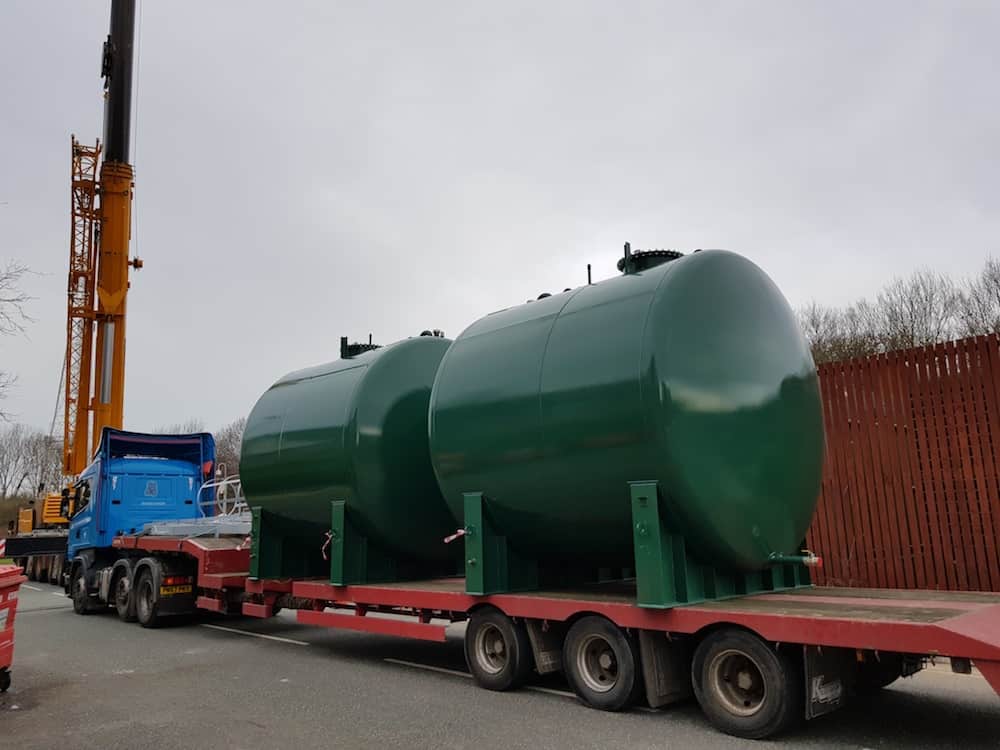
We have just completed a major oil tank replacement project on a site near Blackpool. Our scope of works was to remove existing oil tanks which were installed over 20 years ago and had become corroded and were leaking from the tank and the pipework that lead to and from it.
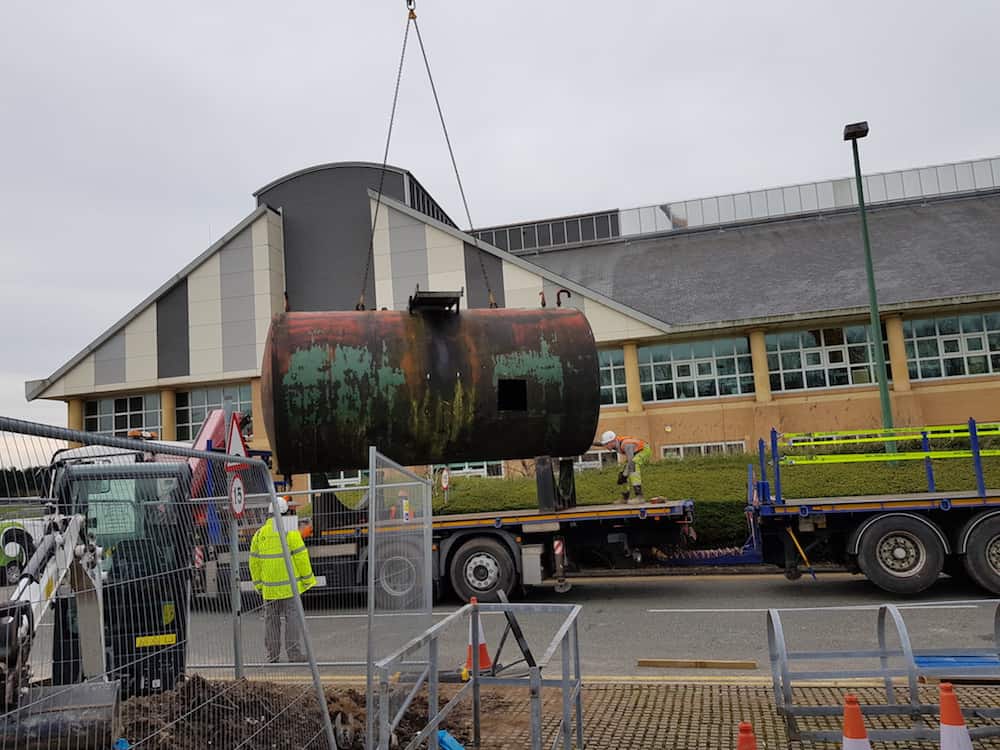
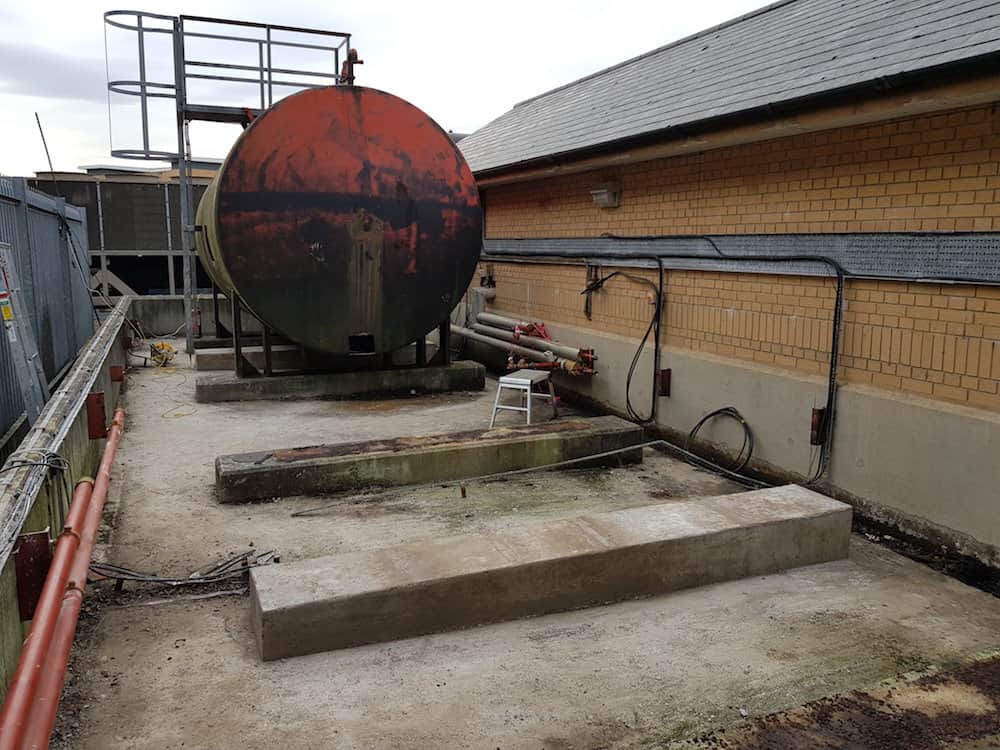
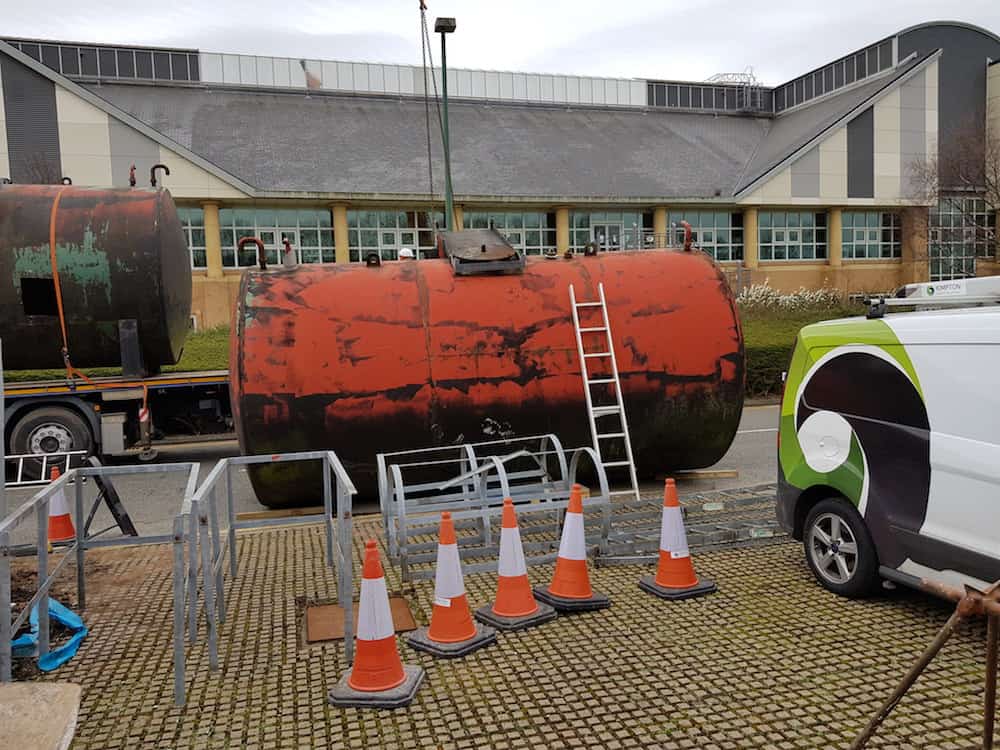
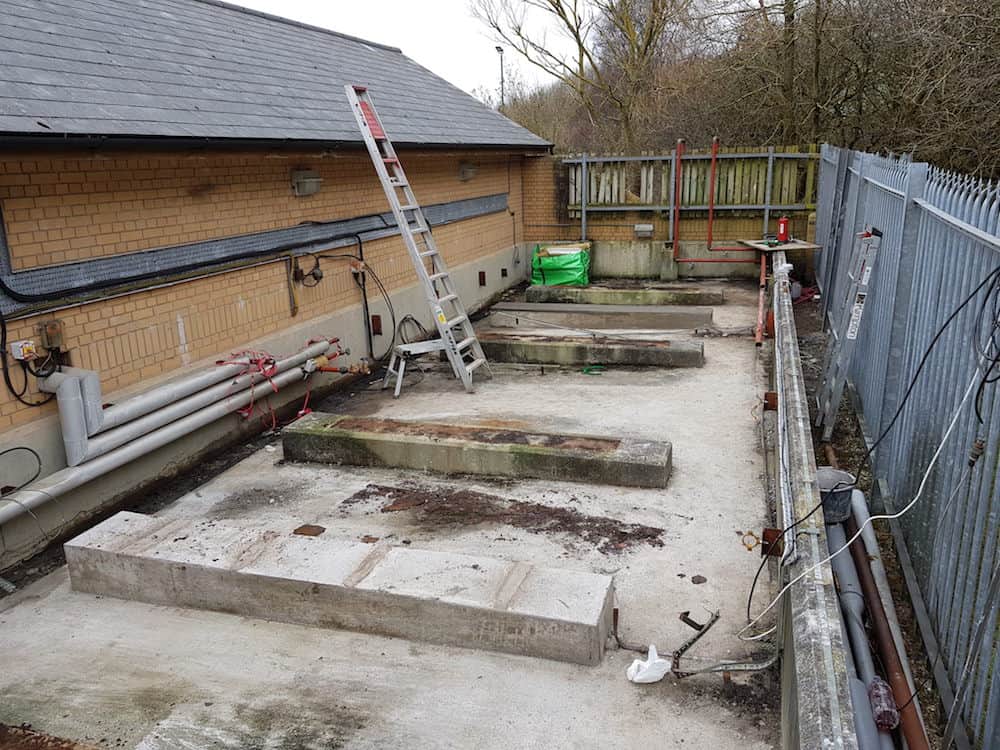
They have been replaced with two new 20,000 litre tanks which will eradicate any leakage and allow the installation of an automated leak detection system. But more of this below.
The process of removing the tanks was a tough one as the existing tanks weighed nearly four tonnes each and had to be removed from the site using a crane and then taken away for recycling on a low loader.The new tanks which carry a similar weight were purpose-built to sit on the existing concrete plinths that held the previous tanks.

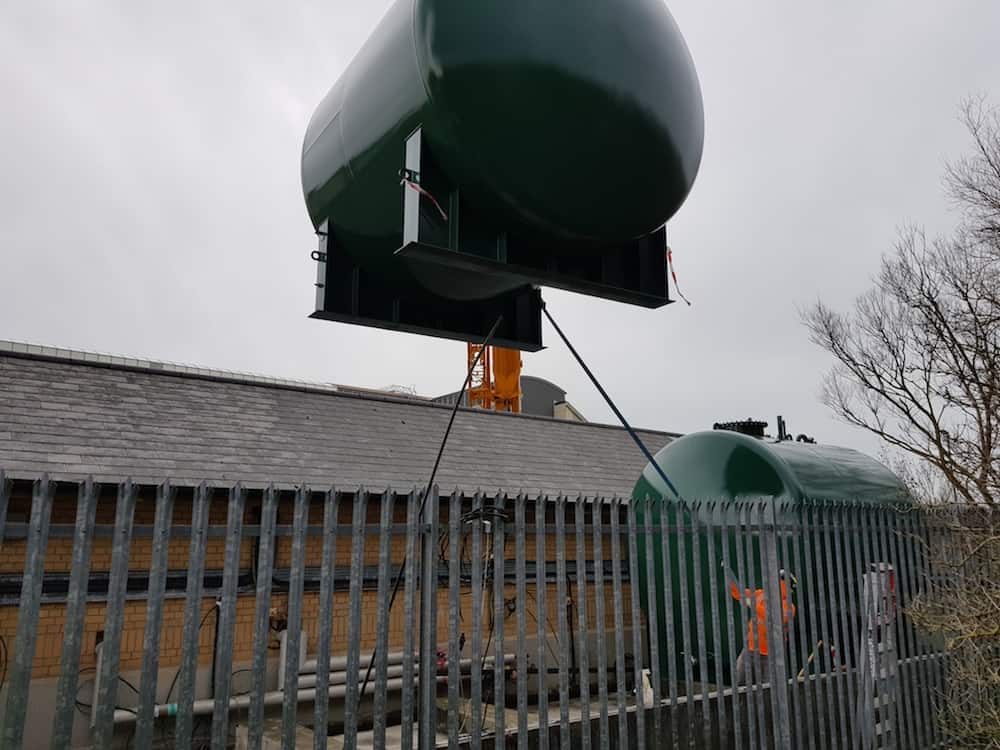
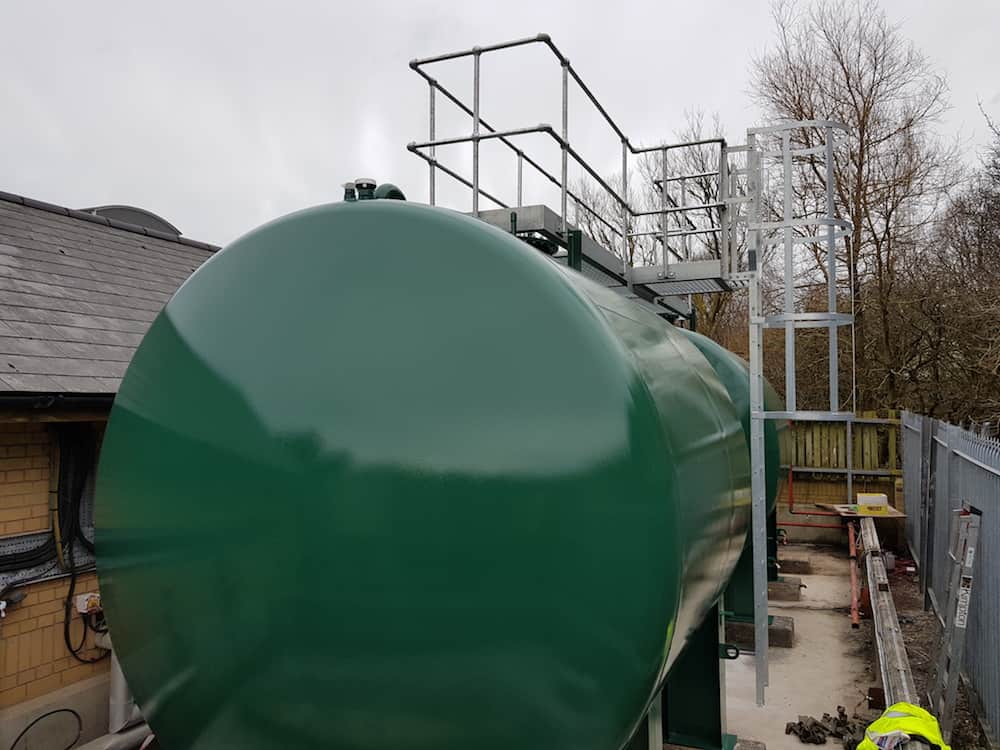
Once in place the new tanks were connected to all new pipework that leads into a dual fuel burner.
The new below ground pipework was a first for us as we used a twin walled ‘Pipe-in-Pipe’ material. This is a relatively new technology that has become the norm in oil and gas movement. Pipe in Pipe, as the name indicates, is made up of an inner pipe where the oil flows through with a second pipe surrounding it, that protects the inner pipe and adds a few extra benefits too.
It offers the highest level of environmental protection and in this case has been installed with an automated leak monitoring system, so if the inner pipe begins to leak, this is detected and the system notifies the operator of an issue, before it gets chance to breach the outer pipe. Not only this, as it’s HDPE (High Density Polyethylene) it’s also corrosion resistant too, so should last for many years to come with little ongoing maintenance.
And with oil tank replacement the lengths of pipe are increasingly being joined using electrofusion welding. This is an incredibly clever process, as the couplings have copper wire embedded into them which when heated cause controlled melting of the inner pipes and create a permanent and leak free join, without the risk of sparks that conventional welding brings – never a great idea near oil tanks.
If you’ve not seen electrofusion in action before, here’s how it works.
If you would like to discuss any of our services, please call 0151 343 1963 or complete the form below and we will be in touch shortly.